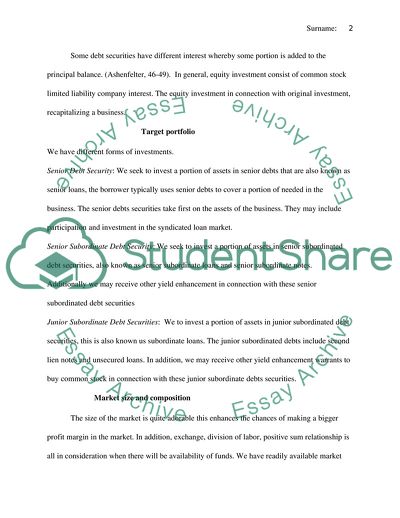Cite this document
(Art Fund Proposal Research Example | Topics and Well Written Essays - 3000 words, n.d.)
Art Fund Proposal Research Example | Topics and Well Written Essays - 3000 words. https://studentshare.org/finance-accounting/1805813-art-fund-proposal
Art Fund Proposal Research Example | Topics and Well Written Essays - 3000 words. https://studentshare.org/finance-accounting/1805813-art-fund-proposal
(Art Fund Proposal Research Example | Topics and Well Written Essays - 3000 Words)
Art Fund Proposal Research Example | Topics and Well Written Essays - 3000 Words. https://studentshare.org/finance-accounting/1805813-art-fund-proposal.
Art Fund Proposal Research Example | Topics and Well Written Essays - 3000 Words. https://studentshare.org/finance-accounting/1805813-art-fund-proposal.
“Art Fund Proposal Research Example | Topics and Well Written Essays - 3000 Words”. https://studentshare.org/finance-accounting/1805813-art-fund-proposal.


